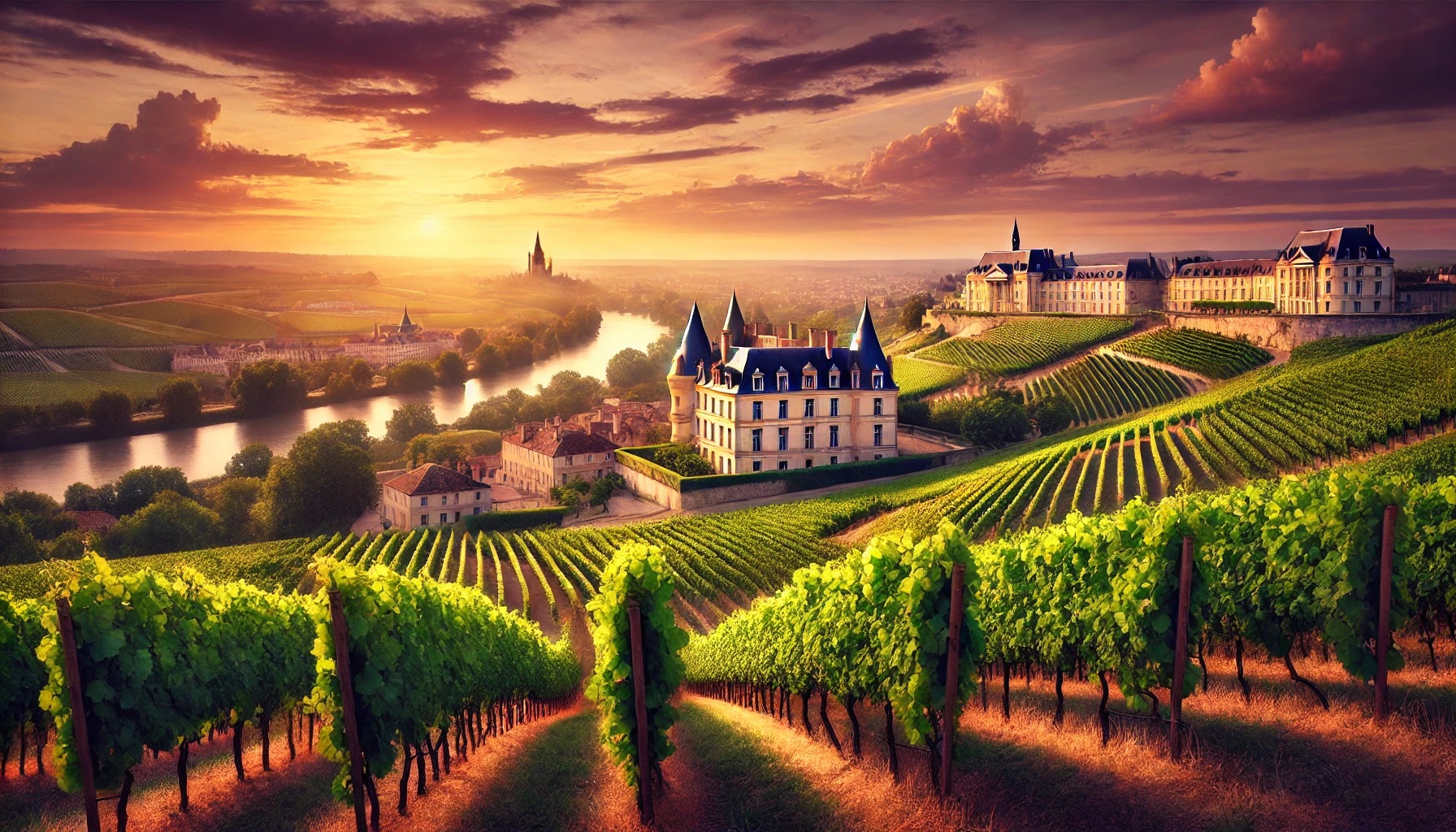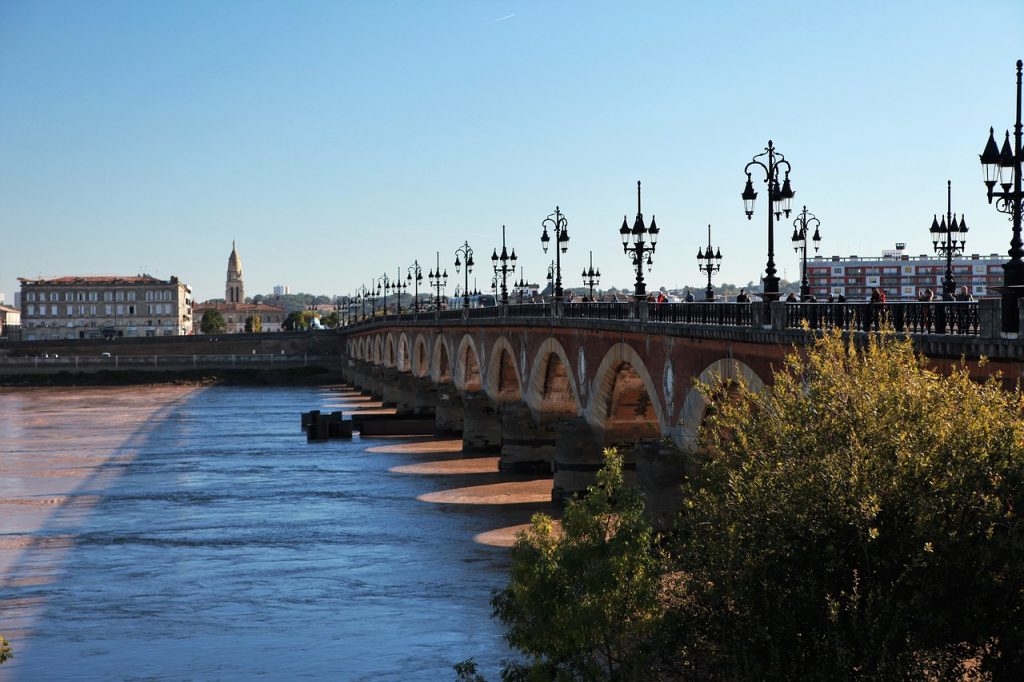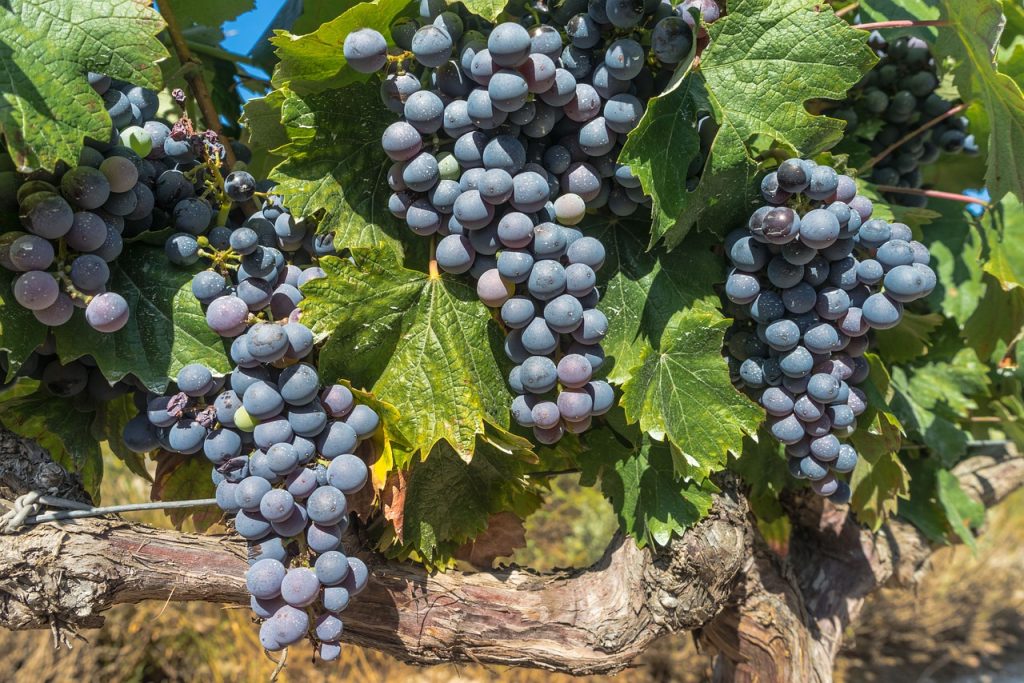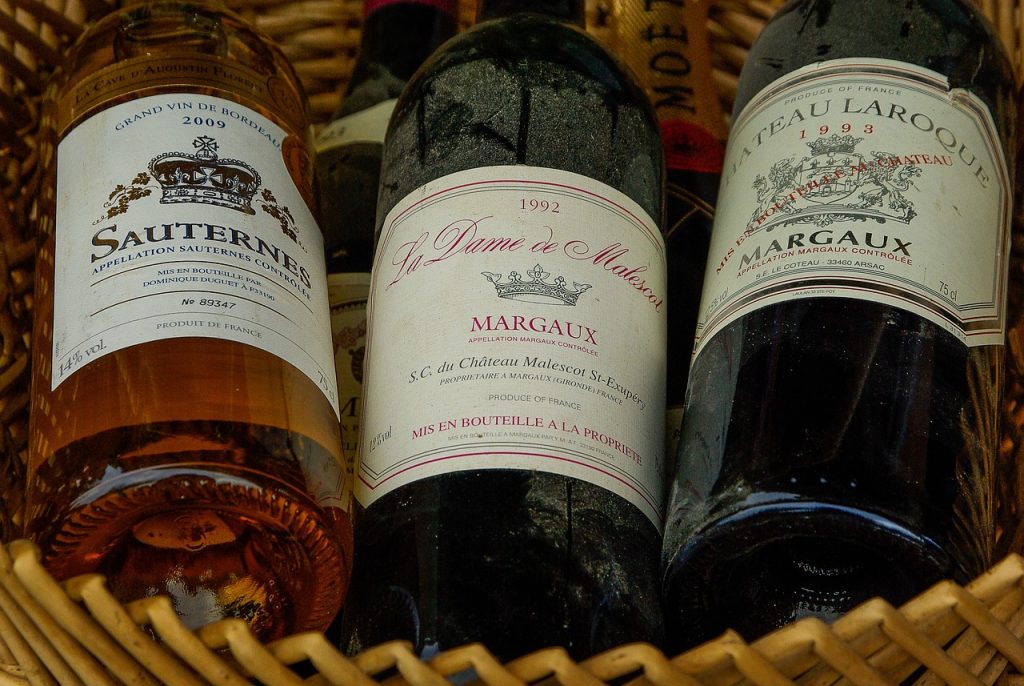
Ah, Bordeaux! That word alone probably makes you think of a cozy glass of red wine, maybe paired with some cheese, while you pretend to understand the difference between Merlot and Cabernet Sauvignon. But Bordeaux isn’t just a fancy name on a wine label; it’s a city with a history so rich, you’d want to swirl it in a glass and sip it slowly.
So, grab a comfy seat and a glass of your favorite drink (Bordeaux, perhaps?), and let’s take a trip through time when we explore the history of Bordeaux. From kings to wine nerds, Bordeaux has played an essential role in shaping both the world of wine and European history.

The Early Days: When Bordeaux Wasn’t Bordeaux Yet
Once upon a time, around 300 BC, a group of people called the Bituriges Vivisci lived in what is now Bordeaux. They were part of the larger Celtic tribe family, and they named their little village “Burdigala.” Doesn’t that just sound like a place where magical things happen? Spoiler: it totally was.
At first, Burdigala wasn’t about wine at all. The Bituriges were more concerned with fishing, farming, and trading. But everything changed when the Romans showed up. If there’s one thing you should know about the Romans, it’s that they never missed a chance to make things fancy. And yes, that includes wine.
The Romans took over Burdigala in the 1st century BC and said, “Hey, this place has great soil and a perfect climate. Why aren’t we making wine?” So, naturally, they planted vineyards. Thank you, Rome, for setting Bordeaux on its future wine path. The Romans also improved the city’s infrastructure and built a port, allowing wine to be traded all over their growing empire.
The Middle Ages: Wine, War, and a Wedding
Fast forward a few centuries to the 12th century, where the story of Bordeaux takes a royal twist. Enter Eleanor of Aquitaine, one of history’s most powerful women. When Eleanor married Henry Plantagenet in 1152, she didn’t just become the Queen of England—she also brought the Aquitaine region (which includes Bordeaux) under English rule. This was huge for the local wine industry because it gave Bordeaux a direct connection to England’s wine-loving market.
Suddenly, wine from Bordeaux was all the rage in London. In fact, the British adored Bordeaux so much, they called it “claret,” a name still used today. And believe me, if you’ve got the British upper class obsessing over your product, you’re in business.
But this wasn’t all smooth sailing. The marriage between Eleanor and Henry was part of the reason the Hundred Years’ War kicked off between France and England. Bordeaux ended up right in the middle of this centuries-long feud. However, even war couldn’t stop the wine trade. The people of Bordeaux kept on shipping barrels of wine to England, even if it meant dodging the occasional arrow or cannonball.
The 17th Century: Sweet Success and Dutch Intervention
As the centuries rolled on, Bordeaux didn’t just stick to red wine. The Dutch, who were significant traders at the time, swooped in during the 1600s and developed a taste for something a little sweeter. They wanted white wine, specifically a sweeter version made with a grape called Sémillon. This led to the creation of some of the region’s most famous dessert wines, like the golden nectar from Sauternes.
To help improve the region’s winemaking, the Dutch did what they do best: they built things. Specifically, they drained the marshes of the Médoc area, turning what had been swampy land into prime vineyard territory. This is why many of Bordeaux’s most famous châteaux (fancy French wine estates) are in Médoc today. So if you’re ever sipping a glass of Château Margaux, you can thank the Dutch for making it possible. Cheers, Dutch engineering!

The 18th Century: A Golden Age and the Birth of Bordeaux’s Wine Class System
The 1700s were Bordeaux’s golden age. The city’s wine exports skyrocketed, and the port became one of the busiest in France. During this time, Bordeaux merchants were living large, building gorgeous mansions and living the kind of high life that required monocles and opera glasses.
However, as the wine trade grew, Bordeaux’s winemakers noticed something: not all wines were created equal. Some estates consistently produced better wines than others, and they started to get reputations. This led to the creation of Bordeaux’s wine class system, which eventually became official in 1855 under the orders of Napoleon III. The 1855 Classification ranked the top châteaux into five tiers, with “First Growth” (or Premier Cru) being the best of the best. This classification is still a big deal today and hasn’t changed much. So when someone talks about First Growth Bordeaux, they’re basically talking about the crème de la crème of wine.
The 19th Century: Wine Woes and Phylloxera
Not everything was a wine-soaked dream in Bordeaux, though. In the late 1800s, a tiny bug called phylloxera hit Europe’s vineyards like a plague. This pest was an absolute nightmare, destroying vines across Bordeaux and the rest of France. It was so bad that some people thought the wine industry was doomed forever.
But humans are resilient (especially when it comes to saving wine). Bordeaux winemakers, along with the rest of Europe, eventually figured out that they could graft European vines onto American rootstock, which was resistant to phylloxera. Crisis averted, and Bordeaux lived to sip another day.
The 20th Century: War, Rebirth, and the Global Wine Boom
The 20th century wasn’t easy for Bordeaux. Two World Wars and the Great Depression hit the region hard. Vineyards were abandoned, and the wine industry suffered. But Bordeaux, like the wine it produces, only got better with age.
After World War II, Bordeaux made a strong comeback. Winemakers focused on quality over quantity, and Bordeaux’s reputation as the world’s finest wine region was cemented. By the 1980s and 1990s, Bordeaux was back on top, and the world couldn’t get enough of its wines. The rise of global wine critics, like Robert Parker, played a massive role in this. Parker’s high scores for Bordeaux wines sent demand—and prices—through the roof.

The Bordeaux of Today: Connoisseurs, Collectors, and Climate Change
Today, Bordeaux remains the gold standard for wine. Whether you’re a casual wine drinker or a hardcore collector with a temperature-controlled cellar, Bordeaux wines are coveted worldwide. You can’t talk about fine wine without mentioning a few famous Bordeaux estates like Château Latour, Château Lafite Rothschild, and Château Margaux.
But Bordeaux faces new challenges, too. Climate change is affecting the region’s vineyards, with hotter summers and unpredictable weather patterns becoming the norm. Winemakers are experimenting with new techniques and grape varieties to adapt, but the future of Bordeaux’s wine industry is, like a good vintage, uncertain.
Still, one thing’s for sure: Bordeaux has survived wars, invasions, pests, and more. If history has taught us anything, it’s that Bordeaux will keep evolving and remain at the top of the wine world.
Conclusion: The Story Continues…
From ancient Roman vines to modern-day wine auctions where a single bottle of Bordeaux can fetch tens of thousands of dollars, the story of Bordeaux is as rich and layered as the wine itself. It’s a story of resilience, innovation, and a little bit of luck. So the next time you pour yourself a glass of Bordeaux, take a moment to appreciate the history that’s swirling in your glass. Whether you’re a casual wine enthusiast or a connoisseur, one thing is clear: Bordeaux has aged like fine wine—and its story isn’t over yet.
And remember, Bordeaux isn’t just a wine, it’s a living, breathing part of history that’s been shaped by kings, queens, wars, and, of course, some very passionate winemakers. So, cheers to that!